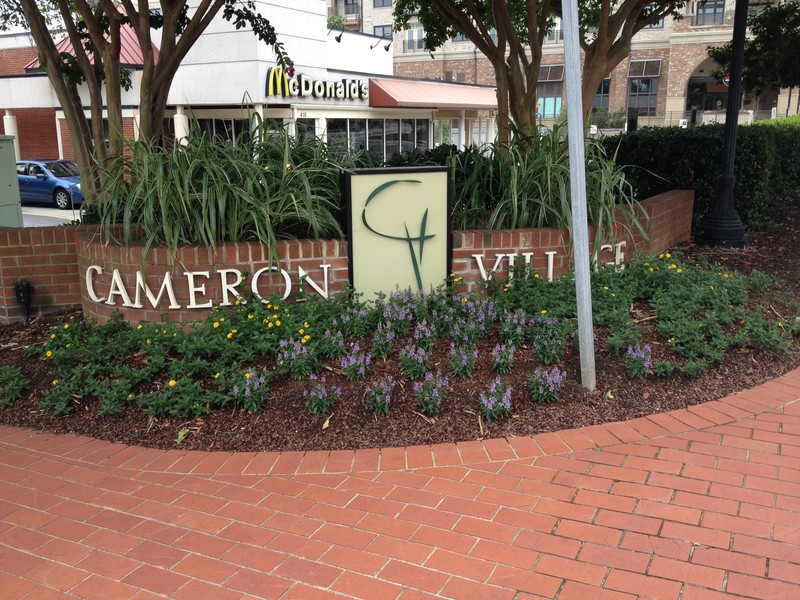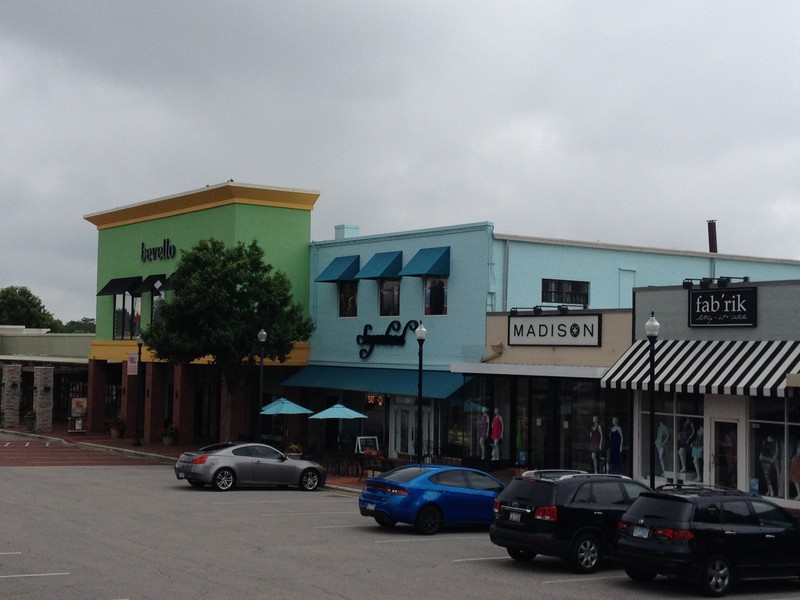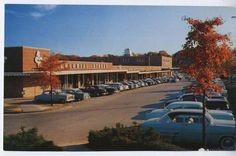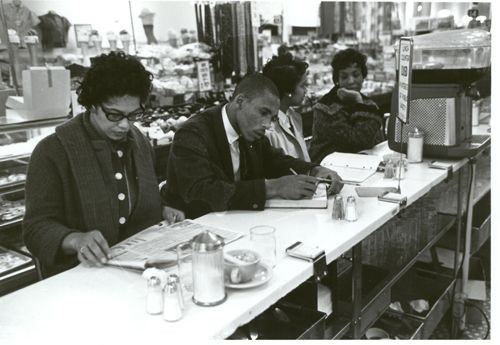Cameron Village: Raleigh Sit-ins and the Civil Rights Movement
Introduction
Text-to-speech Audio
Images
Cameron Village Shopping Center, 2015.

Cameron Village Shopping Center, 2015.

Cameron Village in the early days. http://www.groceteria.com/place/southeast/raleigh/

Dr. David Forbes, Raleigh civil rights leader and Raleigh Hall of Fame honoree, 2013. He was the first student arrested during the February 10, 1960 sit in at Woolworths in Cameron Village and founding member of SNCC

Students sit-in at the Woolworths in Cameron Village, February 1960. http://www.newraleigh.com/articles/archive/Black-history-month-the-woolworths-sit-ins/

Backstory and Context
Text-to-speech Audio
By 1960, sit-ins were not a new form of nonviolent protest but had received little notice from the press and society in general. However, on February 1, 1960 all that changed when four Black students from North Carolina Agricultural and Technical College University (NC A&T) sat down at the lunch counter at the F.W. Woolworths in Greensboro, NC. On that first day, the students’ actions received little notice and the “Greensboro four” sat at the lunch counter from 4:30pm until the store closed at 5:30pm without being served. The next day 20 NC A&T students went to the Woolworths demanding service and protesting in support of the students and of segregation. This time, the press took notice. Within days students all across the state of North Carolina and in the south were organizing sit-ins and protests to speak out against segregation. As home to Shaw University and St Augustine’s College, two very prominent Black educational institutions, Raleigh became a very active in the Civil Rights movement.
Word of the events in Greensboro spread quickly and students in Raleigh began planning and organizing their first sit-in immediately. Students were recruited first through word of mouth and then participated in trainings to learn the processes and expectations for nonviolent protest. At organization meetings, students were told to dress nicely and to bring something to read or study. Students were told that they were not to respond if attacked.
On February 10, 1960, students conducted the first sit-in in Raleigh at the Woolworths in Cameron Village. Not every student who joined the demonstrations was allowed to sit-in. Students who were chosen had to be in good academic standing. David Forbes was the first student arrested and targeted because he was a leader of the event. Authorities reasoned that if they arrested the leaders, the other students would back down and go home. The students were well organized and prepared for arrests, so they continued their mission.
The sit-in at Woolworth’s in Cameron Village was just the beginning of student organized activities to promote causes of the civil rights movement in Raleigh. Eventually Shaw University and St. Augistine’s students organized and led demonstrations at McLellan’s, Kress, and Hudson-Belk. Students also began to protest other segregated businesses in Raleigh such as the Ambassador Theatre and the Sir Walter Hotel. As protest activities accelerated in Raleigh, people of all ages and races joined in the movement. Many were arrested and endured being spit on and verbally assaulted, but this did not deter the students from their mission.
In April 1960, a conference was held at Shaw University in Raleigh and led by SCLC field secretary Ella Baker. Attendance was expected to be around one hundred students but approximately three hundred showed up. At this meeting, the Student Nonviolent Coordinating Committee (SNCC, pronounced snick) was formed in order to coordinate further sit-ins, provide support for their leaders, and to publicize their activities. SNCC became a leading organization to promote the causes of the civil rights movement and was instrumental in activating younger Americans in the movement.
By 1964, most Raleigh businesses were integrated which is due greatly to the organized efforts of the students and the Civil Rights Act was enacted.
Cite This Entry
Dunhem, Rebecca. "Cameron Village: Raleigh Sit-ins and the Civil Rights Movement." Clio: Your Guide to History. July 13, 2015. Accessed February 20, 2025. https://theclio.com/entry/16762

